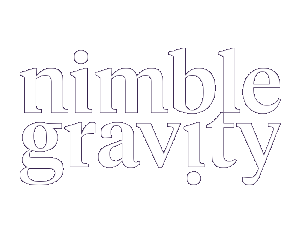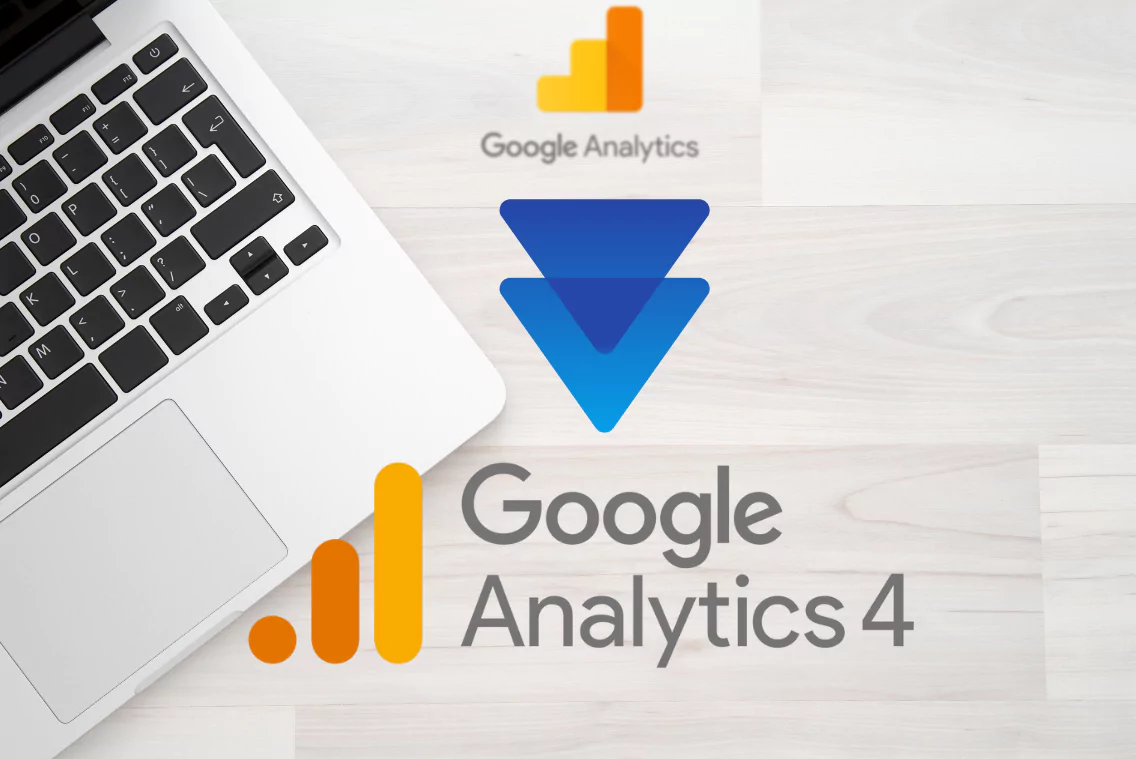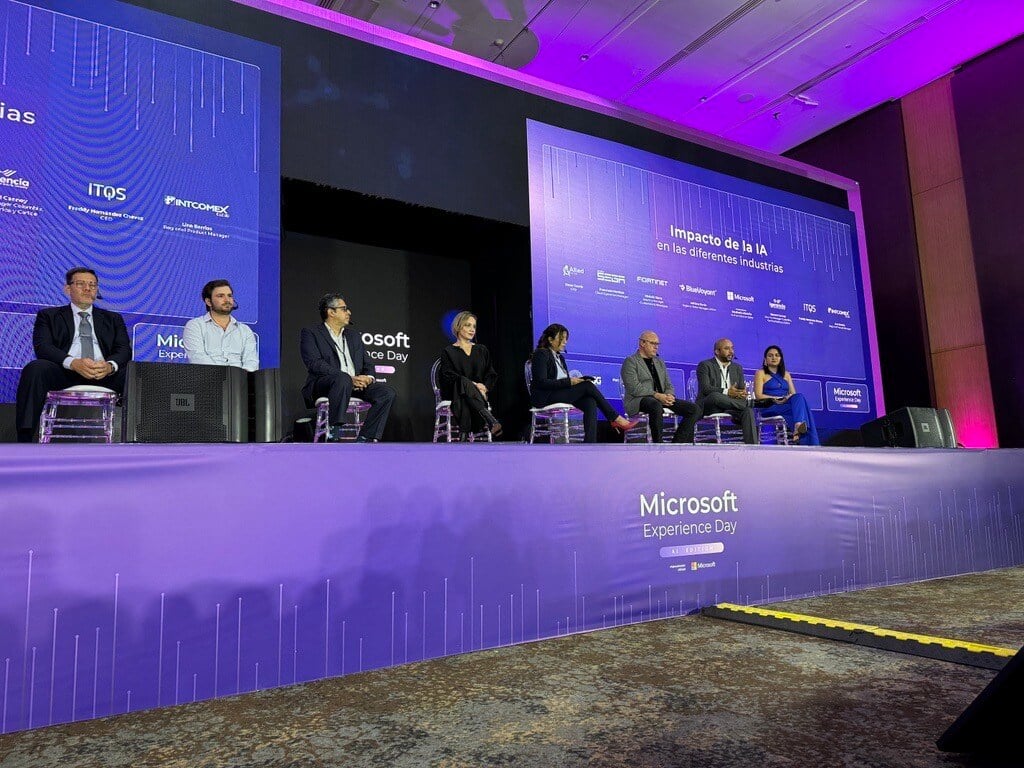As a Generative AI Agency, we experiment with tools before recommending them to clients and using them in real world applications to help solve client challenges. With that in mind I wanted to experiment with creating a GPT on OpenAI’s ChatGPT platform.
So, this is so easy to do, I’m not sure a tutorial is even needed. You literally just have a natural conversation with the “Create” portion of the GPT creation section on chat.openat.com. I’d of course strongly recommend that you do a really thorough and high-quality job of describing what you want and don’t want, what the limits are, and then also in the configuration section make sure you upload any relevant knowledge (especially if this is say internal only and you want it to incorporate your data and information – remember, read the guidelines on what OpenAI trains ChatGPT with and decide for yourselves whether you want to allow them access to your data or not. I’m not a lawyer and this is not legal advice in any way, shape, or form)
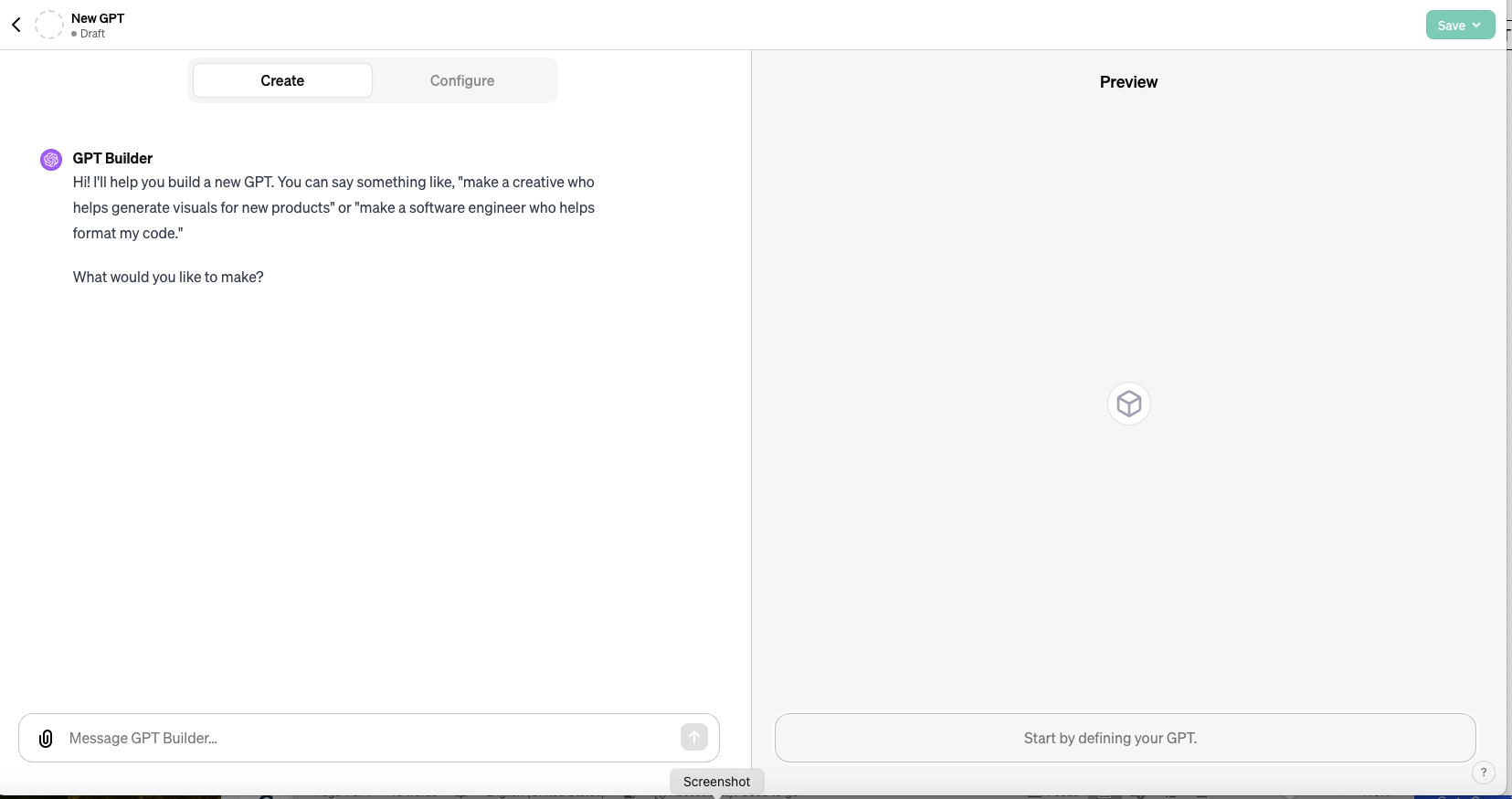
The GPT Creation Interface
The creation process will automatically help you come up with a name, create and suggest a picture to use as the avatar or icon representing your GPT and then ask you a series of questions to help it, help you create a GPT.
I spent some time the morning before I wrote the GPT “Ad Copy Wizard” contributing to Collaborative Articles on LinkedIn. Specifically, I was writing contributions for Search Engine Marketing related articles and one of them touched on copy writing, to which many folks including myself offered contributions that touched on Generative AI. I said you could make a GPT to help with writing Ad Copy. After, I got curious to see how many people had written a GPT to help write Ad Copy. Turned out, it wasn’t that many people so I thought I could contribute to creating publicly available GPTs that can help marketers write Ad Copy for paid search ads.
I set out telling my GPT to make sure it adhered to ad rules set by Google, and others. Defined things like tone of voice for the GPT. What it should ask the user to help write ads. Told it what to stay away from. Uploaded PDF versions of rules pages, and similar publicly available information into the knowledge section and turned my GPT on.
After I turned my GPT on, I of course immediately went and tested it. I asked it to write ads about Adidas Predator Elite FG Firm Ground Soccer Cleats because I had recently read some social posts about them, and they were the first thing that came to mind. The first test was pretty good, but Ad Copy Wizard didn’t do everything I thought might be good. It didn’t ask if I was doing a single ad or multiple ads, if I had said multiple it wouldn’t have offered me a template to use for a spreadsheet upload, it didn’t clarify if I wanted standard ads or RSAs, and more. So, I went back and edited the GPT in the “Create” section to add those elements. Tested, refined, and republished things until I was happy. In total I spent maybe 30 to 45 minutes working on it.
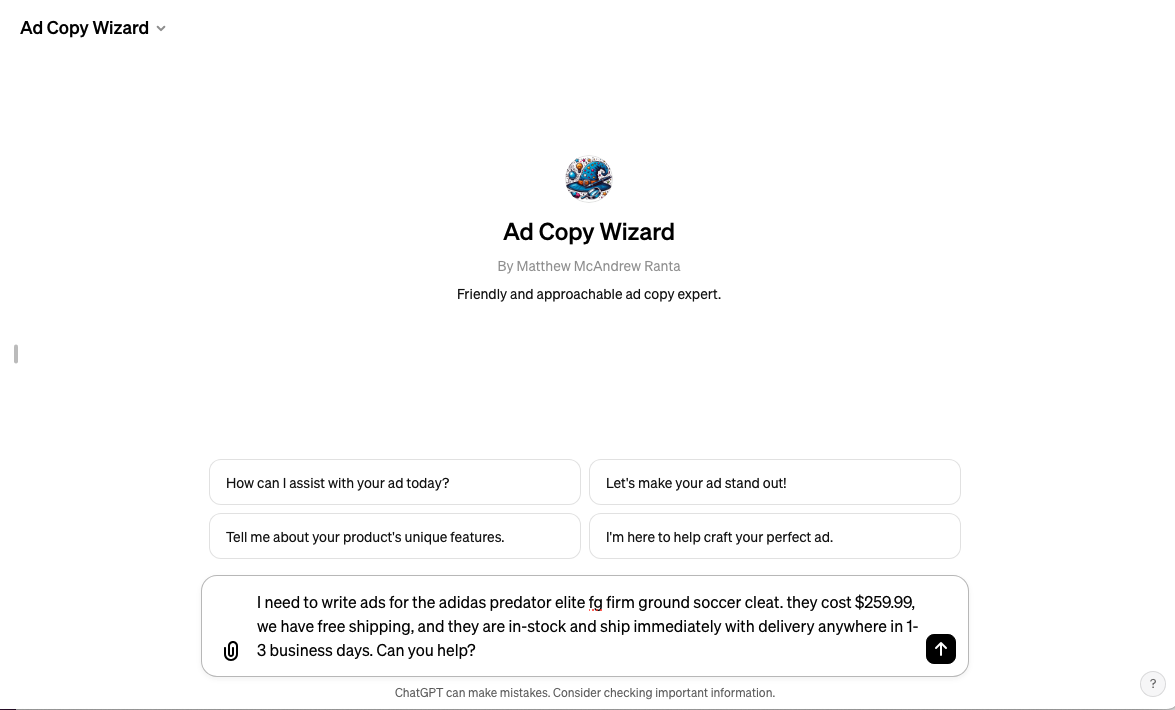
At this point, I think it’s working well but honestly, I need a larger volume of tests to prove this out, find faults, and enhance the GPT. Want to help me out with that? Go test my GPT – Ad Copy Wizard here:
https://chat.openai.com/g/g-f8U68RTd5-ad-copy-wizard
In the drop down at the top of the screen under Ad Copy Wizard you can “Send feedback”. I’ll get that and incorporate it into the GPT and republish it as necessary.
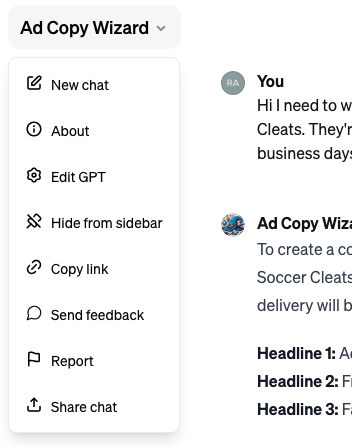
Drop-down menu and Send feedback menu item
It was a fun experiment to write a GPT for a repetitive use case, that can be useful to paid search marketers in real world use cases. There are A LOT of repetitive tasks that folks do in their day-to-day work that could be automated via a GPT, saving time, increasing productivity, and hopefully setting you apart at work from people that aren’t yet employing tools like this to make themselves more efficient.
If you need help with Generative AI in any way, from an experienced Generative AI Agency, please reach out to us here at Nimble Gravity! We love tough challenges and would be excited to explore any you have.
Read more about GPTs direct from Open AI here: https://openai.com/blog/introducing-gpts

